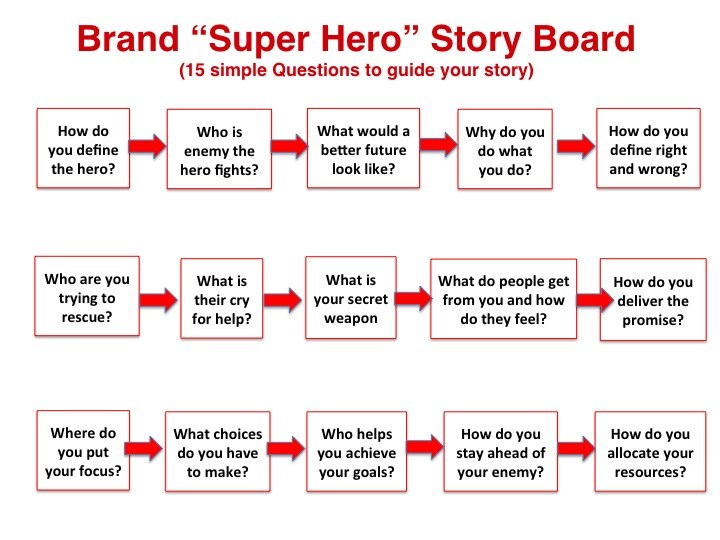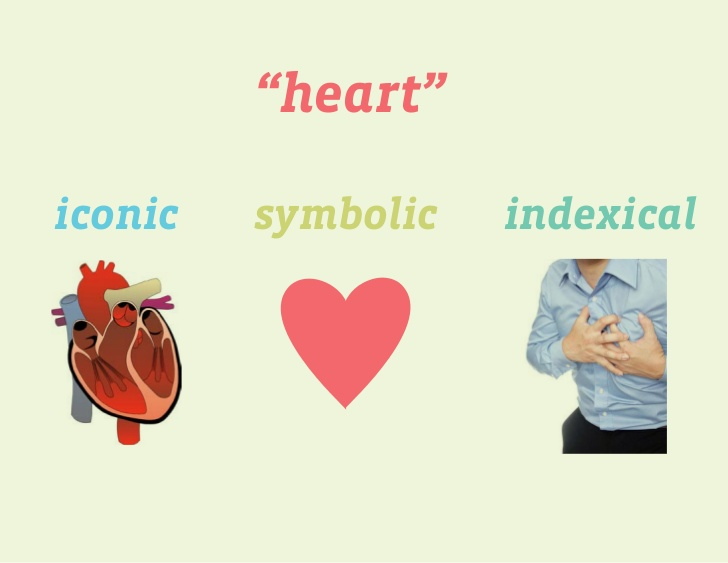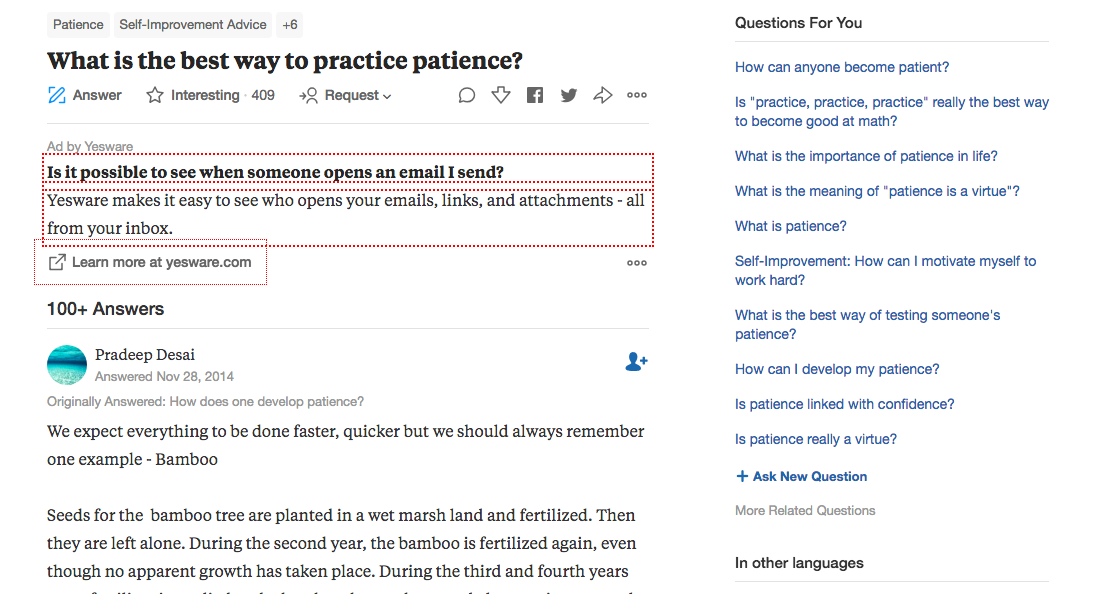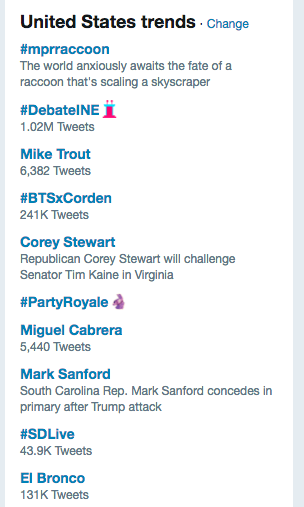Every piece of content is a story. Some content pieces have a greater impact in the minds of the consumers because they are written interestingly and effectively.
Moreover, the human brain craves for stories and powerful stories compel the reader to take an action. This is explained with the help of the below image:

Hence, storytelling results in easier processing of the brand message in the prospect’s mind and most importantly, people can remember the brand by recalling the story.
Storytelling is important because:

For example, your brand or your customer can be the hero and the problem that the customers are facing can be the villain. When you portray your story in this manner, people will eventually start liking the hero which is your brand.
Moreover, you need to use conflict strategically. The hero should encounter some struggles then only it will be appreciated by the people. The below image easily illustrates the top 15 questions that will help you to frame your story:

Use lots of images in the story by adopting a narrative style. Remember comics? People love reading a story via a comic style. The narrative image can be of 3 types:

Source: Daniela Molnar Slideshare
Source: Onespot.
Featured image: Design.org
Moreover, the human brain craves for stories and powerful stories compel the reader to take an action. This is explained with the help of the below image:
Hence, storytelling results in easier processing of the brand message in the prospect’s mind and most importantly, people can remember the brand by recalling the story.
Storytelling is important because:
- It helps you to engage with your customers more effectively.
- People listen to a storyteller and when they listen, you can direct them towards taking an action.
- Most of us will forget the brand message unless they are tied to a story.
- A well-written story is helpful in making a brand reach its objective.
- Images shared in the story are processed faster by human brains as opposed to boring text.
- Stories make people “feel” and no one can forget how you made them feel.
- It helps the brand to establish an emotional connect with the people.
- People assume the characters of the story to be themselves and take greater interests in reading and sharing the story.
- People like to read stories as media messages.
Storytelling Techniques
1- Have a Hero and A Villian
Every story has a hero and a villian. Same holds true for your brand. Try to conceptualize your story keeping two central characters that can play the part of hero and villain.For example, your brand or your customer can be the hero and the problem that the customers are facing can be the villain. When you portray your story in this manner, people will eventually start liking the hero which is your brand.
Moreover, you need to use conflict strategically. The hero should encounter some struggles then only it will be appreciated by the people. The below image easily illustrates the top 15 questions that will help you to frame your story:
2- Make It Visual and Personal
As suggested earlier, people don’t like to read text.Use lots of images in the story by adopting a narrative style. Remember comics? People love reading a story via a comic style. The narrative image can be of 3 types:
- Iconic - It looks like what it represents like a portrait.
- Symbolic - The meaning of a symbolic image must be learnt. It does not look like what it represents.
- Indexical - It represents a clue that links meanings together.
Source: Daniela Molnar Slideshare
Moreover, always remember to tell your own personal story. When you share personal stories, you are actually sharing other people’s stories. They are more likely to be liked and shared.
Most of the top brands are leveraging the power of Facebook live videos to maximize their engagement. Here are some strategies to apply when creating Facebook live videos for storytelling:

You can easily find trending topics to create your content story by following the below steps:
Go to Buzzsumo and enter your main topic. The tool will suggest topic ideas that are currently trending.

Use Quora to identify problems that your prospects are facing are create stories around pressing problems.

Use Twitter search to identify real-time discussions on topics that are trending.

Compelling content is always framed around topics that aren’t found anywhere. You can have a look at some of the content marketing case studies that shows the real impact of creating content around unique topics.

3- Use Live Videos to Share Your Stories
Gone are the days when text based stories were used to be read and appreciated. Today’s millennial generation loves watching live videos.Most of the top brands are leveraging the power of Facebook live videos to maximize their engagement. Here are some strategies to apply when creating Facebook live videos for storytelling:
- Create user personas and prepare a separate story for each one of them.
- Make your live video interactive by asking for comments and votes. Story artist Karen Alsop does exactly the same with her followers. She uses Facebook Live to conduct live Q&A where people can ask her anything! This is a great way to generate engagement.
- Always persuade your viewers to like and subscribe to your channel and ask them to share the video with their family and friends.
- Remember to introduce your brand everytime you create a new video because you will be attracting new audiences with every new video.
4- Build Your Content Around Unique Topics
Your content story must cater to a wide variety of audiences and should be built around topics that aren’t available anywhere else.You can easily find trending topics to create your content story by following the below steps:
Go to Buzzsumo and enter your main topic. The tool will suggest topic ideas that are currently trending.
Use Quora to identify problems that your prospects are facing are create stories around pressing problems.
Use Twitter search to identify real-time discussions on topics that are trending.
Compelling content is always framed around topics that aren’t found anywhere. You can have a look at some of the content marketing case studies that shows the real impact of creating content around unique topics.
Common Elements of Good Storytelling
You need to understand the common elements of good storytelling in order to create an engaging and relevant story for your audience. Seth Godin has rightly said, “People do not buy goods and services. They buy relations, stories and magic.”
Here are the common elements of every successful storytelling:
Bonus infographic:- Stories should be easy to understand and must be told in a knowledge that is familiar to your targeted audience.
- A good and well established that created the mood for the story.
- Every story should be based on a theme that must be repeated throughout the whole narrative.
- The choice of characters because your entire story will revolve around them.
- The story must have any one of the essential components namely humour, emotion or joy.
- Your story must be authentic and truthful.
- Don’t fake it! People can easily distinguish between real videos and fake videos.
Source: Onespot.
Conclusion
The ultimate goal of every piece of content is to persuade users to take an action. Content without storytelling is null and void. With the help of effective storytelling, you can emotionally take over the mind of your prospects and guide them towards the end of the sales funnel.Featured image: Design.org


